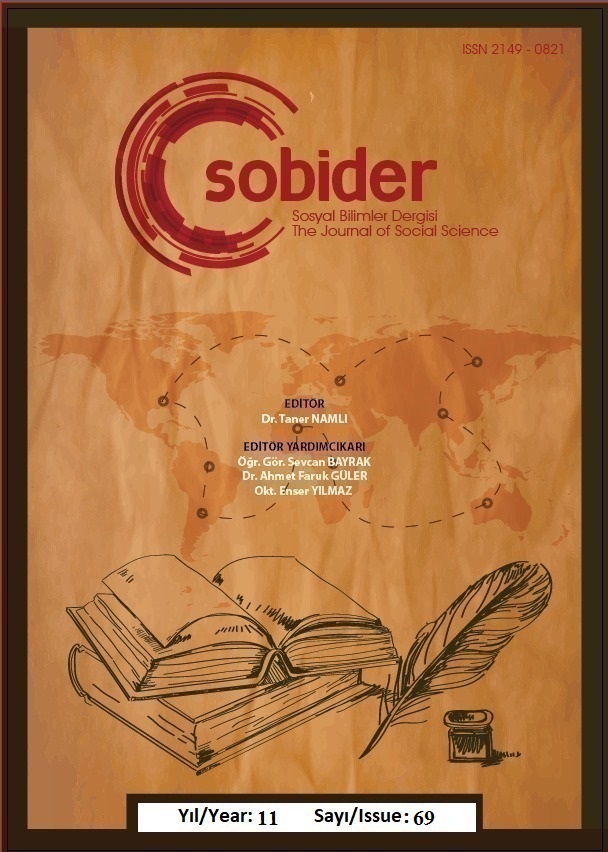Author :
Abstract
Osmanlı toprağı olduktan sonra hızlı bir şekilde inşa etkinliklerinin arttığı İstanbul’da, hanedan mensupları, devlet adamları, saray vazifelileri ve ilmiye zümresi adlarını ölümsüz kılmak ve ardında bıraktıkları hayratlar ile sevap kazanabilmek maksadıyla pek çok külliye inşa ettirmişlerdir. İstanbul’un şehir dokusunu meydana getiren bu külliyeler şehirdeki nüfusun artmasını sağlamışlardır. Fakat bu durum yeni inşa edilecek külliyeler için yer sıkıntısı doğurmuş, bu sebepten yakın çevresinde camii birimine sahip olan külliyelerde merkezdeki yapı birimi medrese olmuştur. Medreselerde dershane-mescid kısmının yer alması da bu durumda tesirli olmuş bir diğer faktördür. “18.Yüzyılın İlk Yarısında Suriçi İstanbul’da İnşa Edilen Camisiz Külliyeler” adlı makalede adı geçen külliyelerin mimarları, banileri, konumları, mimari ve süsleme özellikleri arşiv vesikaları ve araştırma eserlerle desteklenerek ortaya konulmaya çalışılmıştır.
Keywords
Abstract
In Istanbul, where construction activities increased rapidly after it became Ottoman territory, members of the dynasty, statesmen, palace officials and the scholarly group built many social complexes in order to immortalize their names and earn rewards with the good deeds they left behind. These social complexes, which form the urban fabric of Istanbul, enabled the population of the city to increase. However, this situation created space shortage for the new social complexes to be built, for this reason, the central building unit in the social complexes that had mosque units in the immediate vicinity was the madrasah. The presence of a classroom-mosque section in madrasahs is another factor that has been effective in this situation. In the article titled "Complexes Without Mosques Built in Walled Istanbul in the First Half of the 18th Century", the architects, patrons, locations, architectural and ornamental features of the mentioned complexes were tried to be revealed, supported by archive documents and research works.





